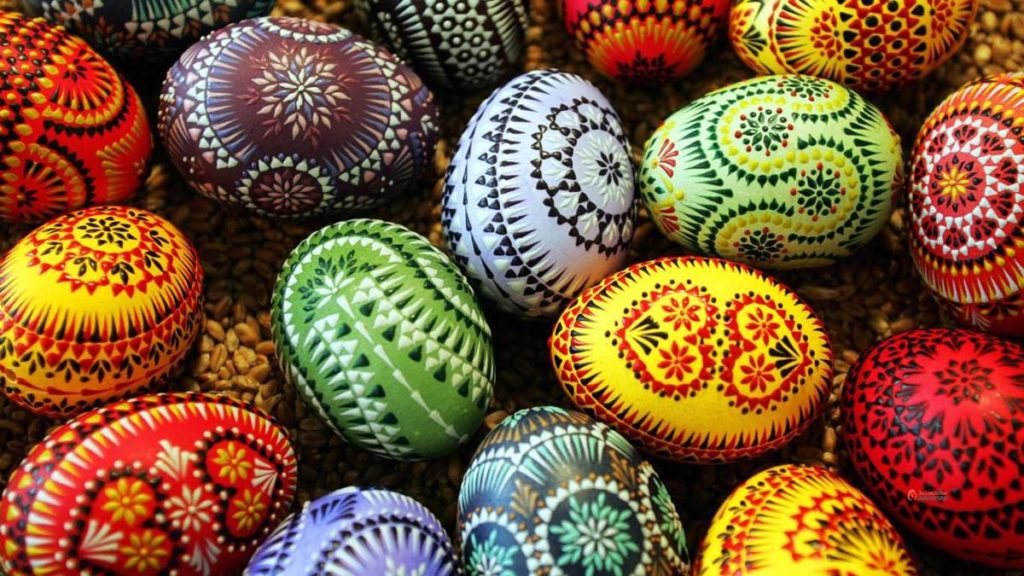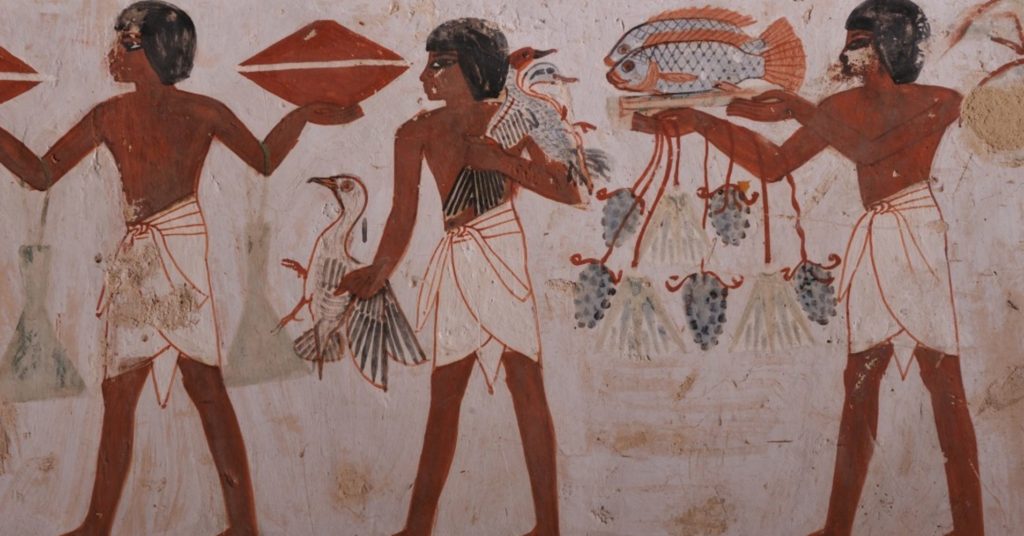Monday, April 29th, one day after Easter Sunday, the Egyptian celebration of Sham El-Nessim sees cohorts of families, getting together, preparing traditional salted muller fish; ‘fesikh‘, onions, and colored eggs, and going out on picnics to enjoy the warm spring.
These unchanging traditions are traced all the way back to 2,700 B.C.E, a time when all Egyptians regardless of their beliefs, occupation, or social status celebrated this holiday of renewal and creation. The name Sham El-Nessim itself is derived from the Coptic language, which in turn, is based on the ancient Egyptian language. It was originally pronounced ‘Tshom Ni Sime‘, a phrase that is roughly translated to ‘garden meadows’. Some called it the ‘Feast of Shmo’, or in English ‘the revival of life’.

Similar to the majority of Ancient Egyptian festivals, Sham El-Nessim has astronomical, philosophical, and religious notions. The Ancient Egyptians marked the day with the alignment of the sun over the Great Pyramids of Giza. Each year on that day at the beginning of spring, when day length equals that of night and the sun is in the Aries zodiac, ancient Egyptians rose at the crack of dawn to head out for meadow’s all across the Nile River Valley for a family picnic. Amidst the soothing green of fields and the azure blue of the Nile, they enjoyed the spring breeze with a traditional meal of fish, onions, and eggs.
Fish was one of the staples of the ancient Egyptian diet, and it came in a wide array of dishes; the most popular at the time was the salted fesikh, which was usually offered to the gods in Upper Egypt’s Esna. In fact, the city’s original name was Lathpolis, derived from the word for fish before its salting.

One other popular tradition is the coloring of eggs, which in ancient Egyptians’ belief, was a symbol for new life. The commonplace symbolism is featured significantly in ancient Egyptian literature, with scriptures like the infamous Book of the Dead and in Akhenaten’s chant, “God is one, he created life from the inanimate and he created chicks from eggs.”
Families of ancient Egyptians boiled eggs overnight, and woke up before sunrise to decorate and color them in different patterns; some even wrote their wishes on them. The eggs would then be tucked in palm fronds baskets and hung from trees or roofs, hoping that the gods would bless them.

As for onions, it is said that the tradition arises from the folk story of a pharaoh’s daughter who suffered from an incurable disease. Doctors failed one time after another to cure her; all hope was lost until a high priest gave her onion juice. Her condition drastically improved, and the pharaoh, so exhilarated by his daughter’s recovery that he ordered that day a celebration in the honor of onions.
Through Sham El-Nessim, Ancient Egyptians would visit the Nile with their fesikh, onions, and colored eggs to watch the sunrise. And almost 5,000 years later, it looks like nothing has changed.



